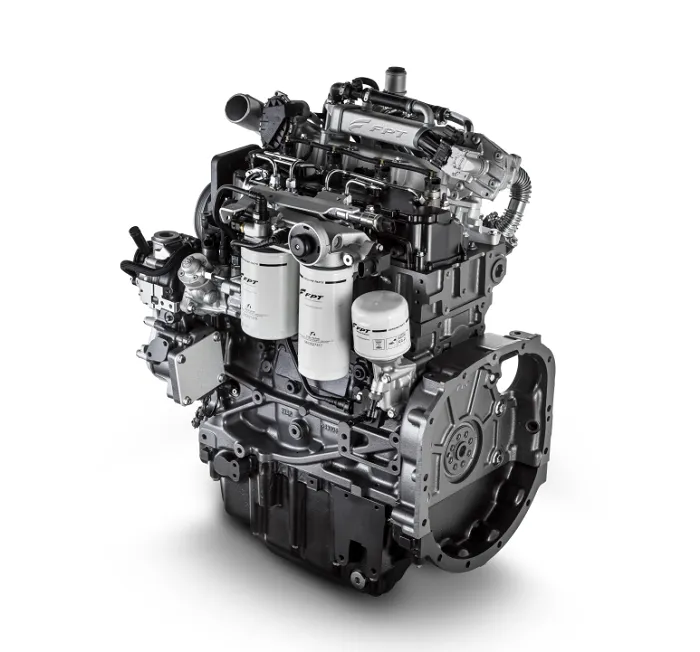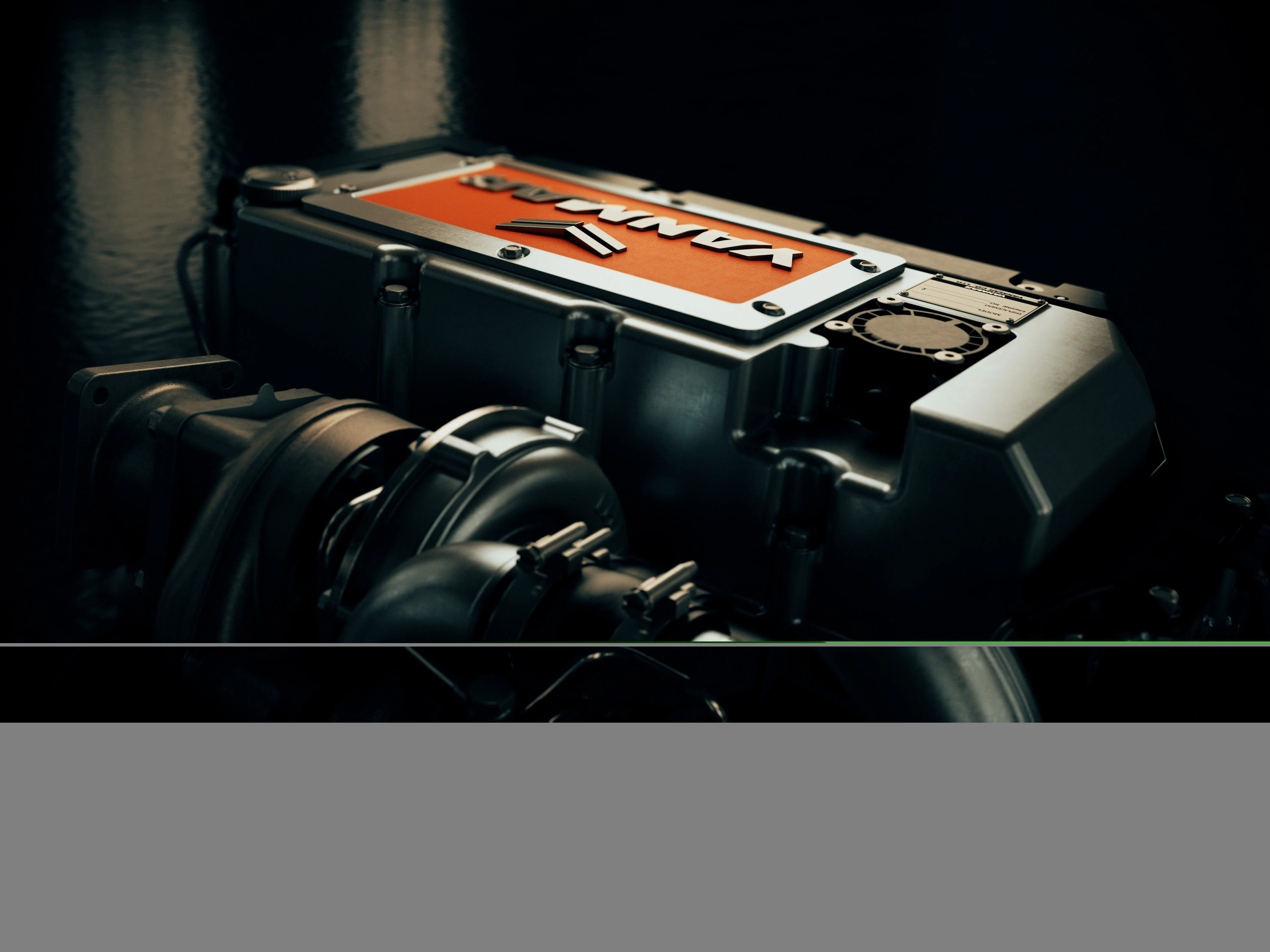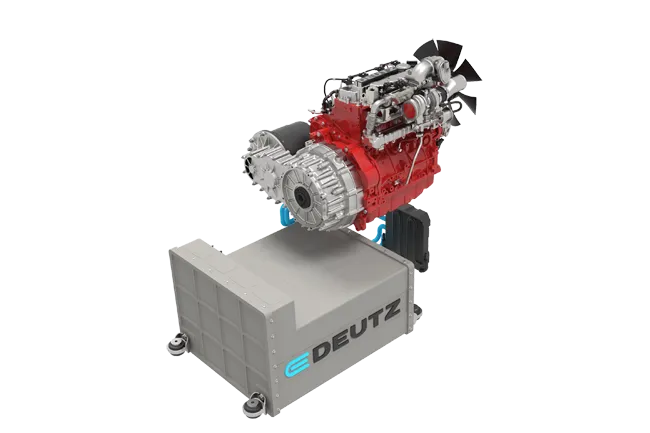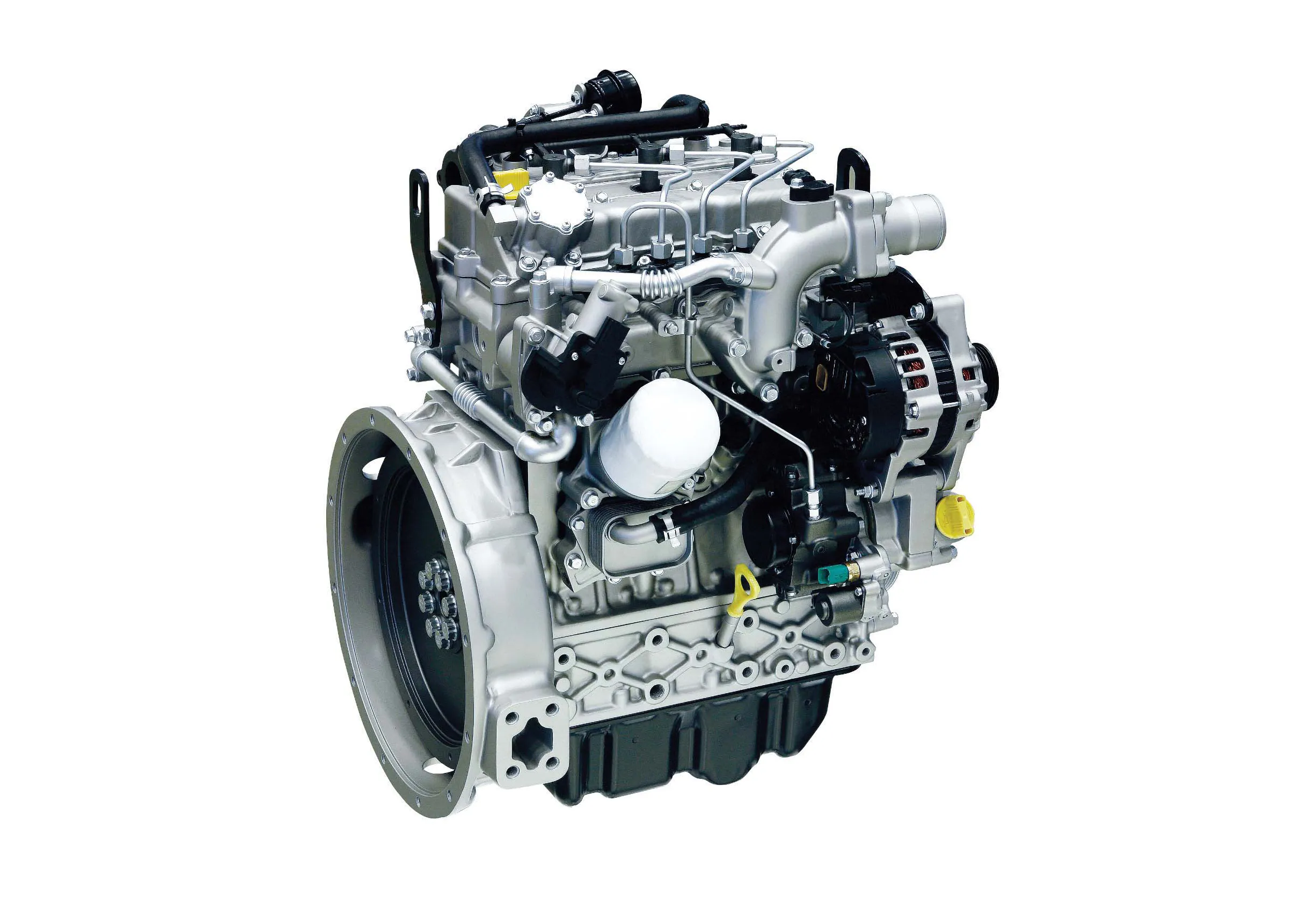
The basic engine designs are the F36, N45, N67 and V20 models, with capacities of 3.6litres, 4.5litres, 6.7litres and 20 litres respectively.
The F36 replaces the earlier 3.4litre engine from the firm and is designed for installations such as backhoe loaders and telehandlers. The engine delivers a 14% increase in power over the earlier design at 105kW as well as a 20% increase in torque to 600Nm due to improvements such as the use of new pistons and a revised turbocharger. A key feature is its maintenance-free, low emissions system.
The N45 and N67 engines share a similar architecture, with four and six cylinder layouts respectively, as well as being fitted with maintenance-free emissions control equipment. The N45 delivers 150kW, an increase of 20kW over the earlier engine, while the N67 delivers 260kW, an increase of 30kW. Other improvements include substantial gains in torque as well as a doubling of oil change time to 1,200hours.
The V20 features a V8 configuration and a capacity of 20 litres, offering power outputs of up to 670kW and a maximum 4,100Nm of torque. Low fuel consumption and an EGR-free emissions control package are other key features.
The firm is also developing gas-fuelled engine alternatives. Diego Rotti of FPT’s product marketing area said, “We are starting to explore gas engines for off-road applications. We are looking at issues on how best to refill with gas.”









